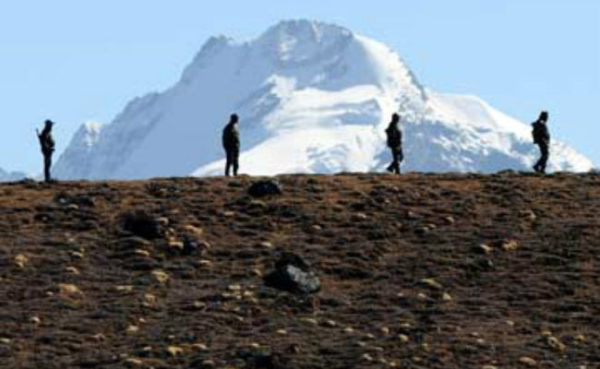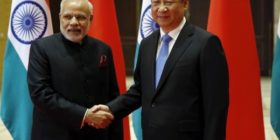For all China’s belligerent talk on the standoff at the border in Sikkim, its army has not mobilised any additional forces or equipment over the last month, which has seen nearly 300 soldiers from China and India standing 150 metres apart, though with guns pointing down to indicate a lack of intent in escalating hostilities.
With the tension sprawling over a month, Foreign Secretary S Jaishankar said yesterday that given how routine border disputes are for India and China, Beijing has been “unusually aggressive” with its rhetoric this time around, with repeated warnings of “serious consequences” and references to the 1962 war that saw India punished by China.
Earlier this week, state-run television in China showed an 11-hour military drill that showed off its ability to target enemy tanks and aircraft. The report did not specify where the live-fire exercise was held, but Indian military sources place the location in a part of Tibet that’s just 800 km from the Doklam plateau.
China says that on June 16, Indian soldiers crossed the Sikkim border to stop the construction of a road on the plateau that it calls Donglang; Bhutan refers to the region as Doklam and claims it as part of its kingdom, an assessment backed by India.
Indian sources said that the military drills held in Tibet are an annual feature of the People’s Liberation Army.
Defending the nearly 4,000 km long Line of Actual Control (LAC) with India is the Lhasa-based Western Theatre Command of the Chinese army, a sprawling military formation spread across 4 provinces including the Tibetan Autonomous Region, where the drills were held. The command includes elements of the Chinese air force and its rocket (missile) forces.
In the event of an escalation, China can use its massive railway infrastructure to bring in additional troops. That has not happened. Since 2009, China has been training in Transregional Support Operations: shifting men and weapons between regions in training exercises.
Countering the Chinese presence along the de facto border are elements of the Northern, Western, Central and Eastern Commands of the Indian Army. Specifically, the Indian defense is centered around deployments made by the Leh-based XIV Corps, the Sukma-based XXXIII Corps, the Tezpur-based 4 Corps, the Dimapur-based III Corps and the Panagarh-based XVII Corps. The overall strength of the Indian Army here would be close to 2 lakh men and women. China’s Western Theatre Command would have a similar number of soldiers though China doesn’t deploy as many soldiers directly on the LAC but can, instead, use its superb road and rail network to surge troops to areas along the defacto border between the two countries. Despite the tension between the two countries, this has not happened.
NDTV has learnt that China cannot make any significant inroads with the present number of soldiers it has deployed in the region and would need to bring in soldiers from elsewhere, a move that would give Indian military planners a clear indicator of a potential attack. At the same time, India would be hard-pressed to deploy more soldiers along the LAC should that be required since several formations are busy defending the border and the Line of Control with Pakistan in addition to fighting terrorism in Jammu and Kashmir and in parts of the Northeast.
The Indian Air Force has 22 airfields and is developing a network of smaller air landing grounds in the Eastern sector. The Chinese air force has 15 air bases and 27 smaller airstrips but operates at a significant disadvantage vis-a-vis the Indian Air Force. This is because all of Chinese bases in the region are located high in the Tibetan plateau which makes it impossible for the jets to take off with a full weapon load because of the rarified atmosphere. The Indian Air Force, on the other hand, does not face any such constraints. All its major bases in the region are located in the plains and IAF fighters can take off with a full fuel and weapons load, a significant operating advantage in the event of a conflict between the two countries.






Leave a reply